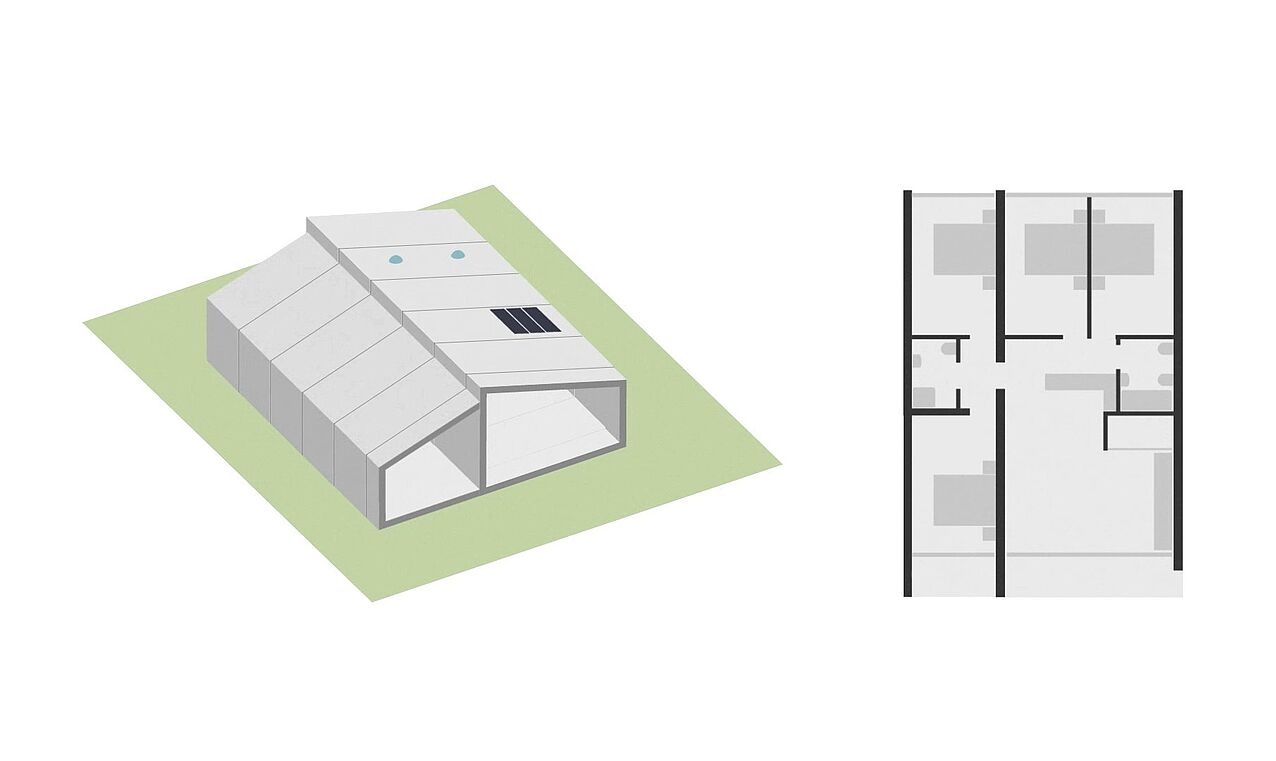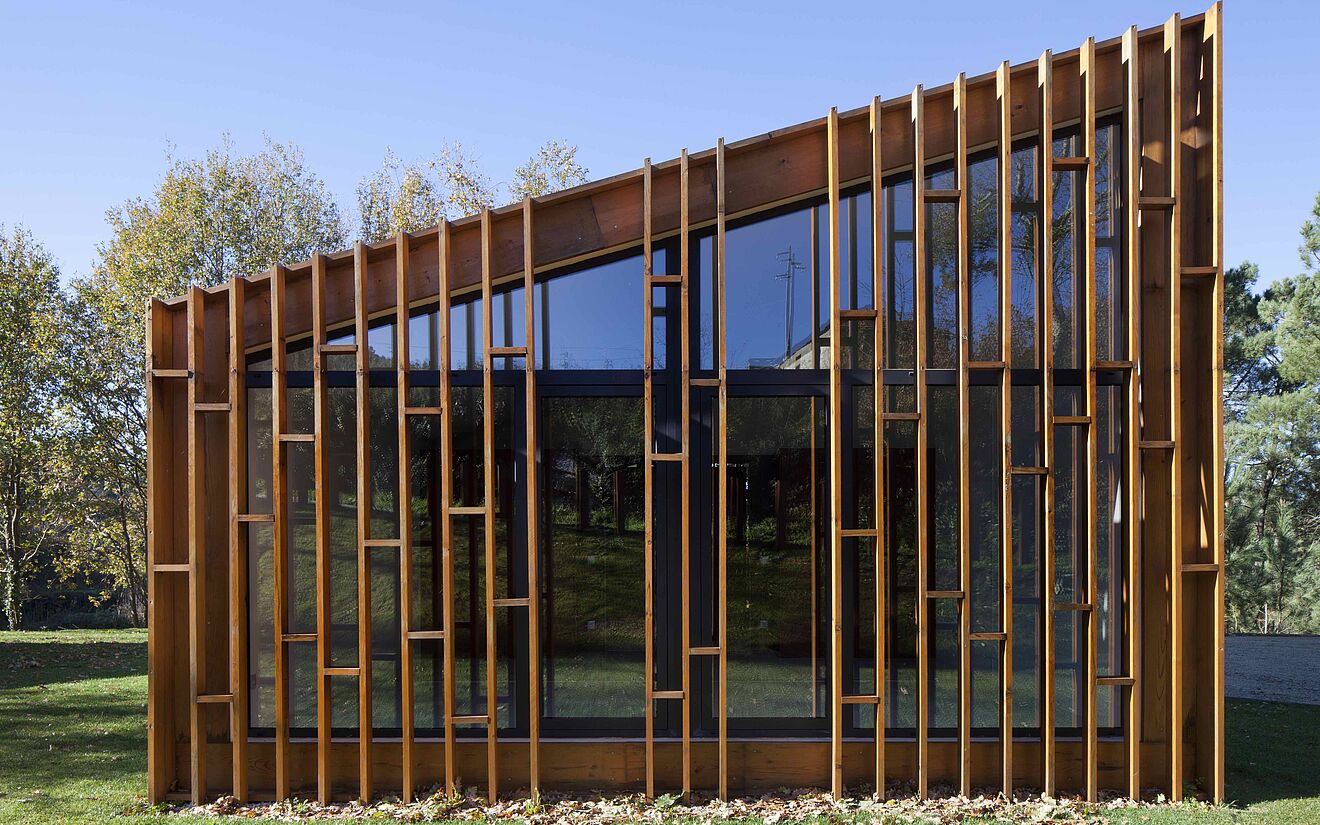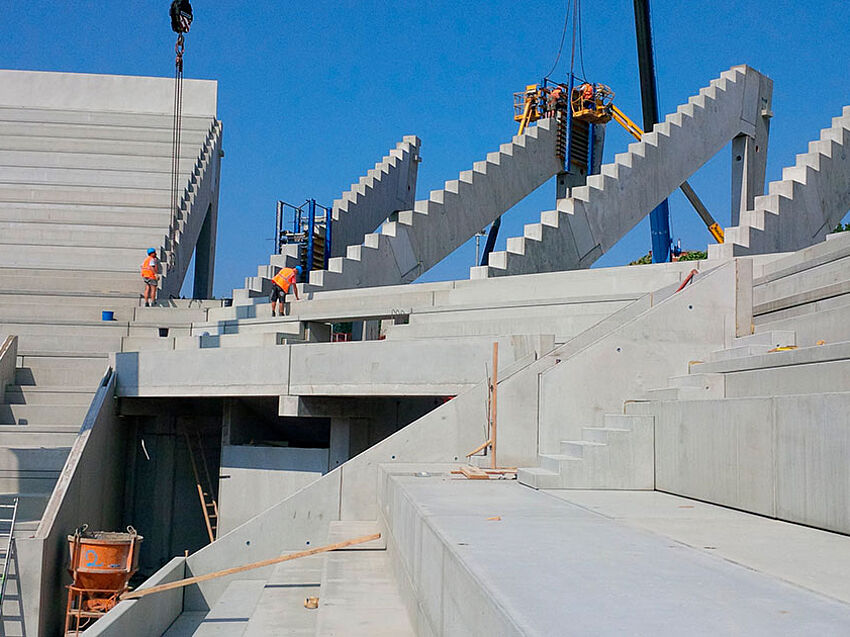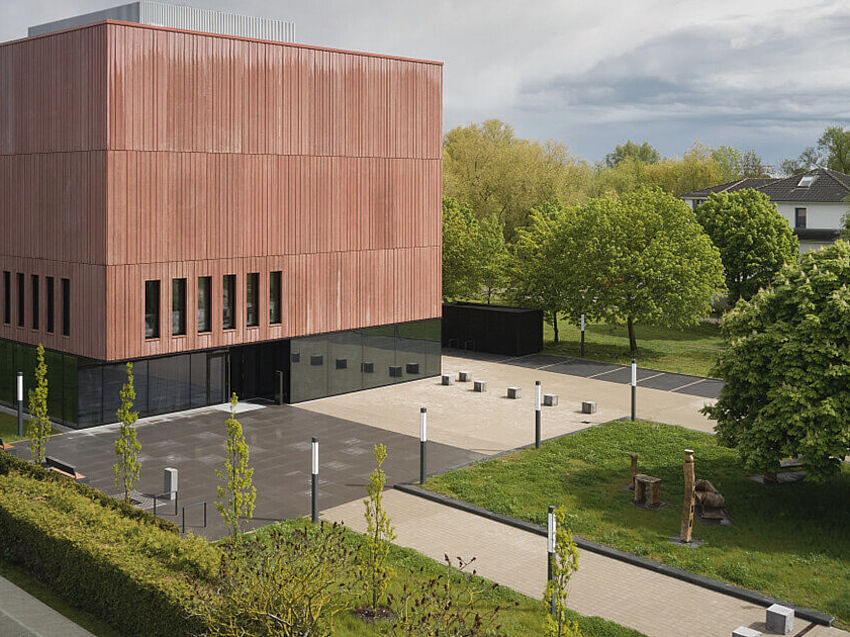The urgent need for new living space is a problem with many faces. Modular construction offers flexible solutions - but not for everyone.
The ever quicker pace of urbanization but also, with increasing regularity, mass migration or natural disasters call for prompt, cost-effective and flexible concepts for new living space. Environmental protection, energy guidelines and the protection of resources do not make this undertaking any easier really. In the quest for effective solutions to such complex requirements there is an ever increasing tendency to use modular construction.
Building by system
The term “modular construction” or “modular concept” is not clearly defined. For many, it means specifically the containers or room modules by which units that are occasionally entirely furnished are combined and assembled to form larger buildings. In general, however, clustered under modular construction are simply such styles where buildings are not erected in their entirety steadily on the building site; instead, they are manufactured in individual segments or modules under factory-like conditions and then installed on in accordance with the modular principle on site.

Time and cost efficiency
The list of the benefits of modular construction compared with conventional building methods is long. One of the most important aspects is the time factor and consequently also the cost factor: uniform modules can be mass-produced far more quickly and more cheaply than would be needed for construction of equivalent identical rooms. The time for final assembly is minimal compared with non-modular construction on site. In addition, modular construction boasts good planning efficiency, financially and in terms of scheduling.
Environmentally friendly and resource-conserving
Production under factory conditions enables better quality control. Waste is disposed of in a controlled manner, and noise on the building site is reduced substantially. Resources can be calculated better and conserved thanks to a necessarily high degree of precision in planning. This applies even more so in the case of mass production which also enables substantial savings in energy costs. Depending on the type of modular construction involved this can also be dismantled and recycled elsewhere in the best possible way.

Mobile and flexible
An extremely important aspect of modular construction is its particular suitability for isolated or not easily accessible areas where the level of complexity of a build on site would be too costly, inefficient or too lengthy. Therefore, modular buildings such as in particular fully equipped room modules can be a solution providing swift structural (and later easily removable) aid for disaster areas. The possibility of replacing modules with new ones or adapting buildings with the addition or subtraction of modules is another advantage.
Disadvantages: nothing for individualists
Since everything in the assembly process has to fit perfectly modular construction requires a higher level of planning and is not really feasible without CAD support. Also, the major time and cost benefits are only achieved in mass production and would consequently be lost in an entirely individually made modular construction. Innovative technologies such as 3D printing offer a possible solution here in future.

Conclusion: “Fast construction system, off the peg”
Overall, modular construction is in many respects more efficient than other building methods. As the time and cost benefits largely arise from mass production these “fast construction systems, off the peg” are suited in particular to social housing, schools or halls of residence but also for accommodation for refugees or disaster relief. By implication, they do not however constitute a solution for individualists. Unless one were to build entirely “individually” on a modular basis in a location where no one else is doing so.




